Published: February 11, 2023 | Last Updated on: February 11, 2023 | by Hema
Epilepsy in Children is fairly common, but there isn’t much awareness about the condition. Here we look at its causes, diagnosis, and treatment.
Jump To hide Epilepsy in Children: Causes, Symptoms and Treatment Seizures v/s Epilepsy in Children Types of Seizures Focal (partial) Seizures Generalized seizure Causes of Epilepsy in Children Signs of a Seizure in Children Seizure First Aid Diagnosis of Epilepsy in Children Epilepsy Syndromes in Children Treatment of Epilepsy in Children Medication Ketogenic Diet Neuro-stimulation Surgery Tips for Parents References: Buy Healthy Nutritious Baby, Toddler food made by our own Doctor Mom !When you mention the condition ‘epilepsy’ to someone, they’re likely to have heard of the term, but are most likely to be unaware of what the condition really is. Unfortunately, even parents of kids with epilepsy have a hard time navigating their way around the condition.
That’s why as the 13th of February is International Epilepsy Day, we thought it would be great to go into the condition in some detail, looking at the causes, symptoms, and treatment of epilepsy in children.


Epilepsy in Children: Causes, Symptoms and Treatment

Seizures v/s Epilepsy in Children
There is often a lot of confusion regarding the words fits, seizures, and epilepsy. Fits are actually a more colloquial term for seizures, but that is different from epilepsy. To understand that difference, we first need to look at what happens in the brain.
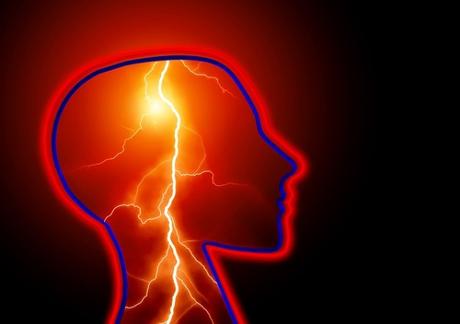
The brain has neurons that communicate through electrical signals. When there is a sudden burst of abnormal electrical signals that interrupt normal signaling, it causes a seizure. So a seizure is a single brain event, whereas epilepsy is a medical condition that causes a person to have multiple seizures at various points in time.
Medically, a person is said to have epilepsy when he or she has two seizures in less than 24 hours without any underlying cause. Epilepsy is not to be confused with febrile seizures, which are seizures that are triggered purely by fever in children from 6 months to 5 years.
Here are some facts to know about epilepsy in general:
- The WHO claims that about 50 million people in the world have epilepsy
- Around 5 million people are diagnosed every year
- Epilepsy is the fourth most common neurological disease in the world
- One-sixth of the global burden of epilepsy is in India, affecting about 12 million people
- A quarter of all diagnosed cases are children
Since the brain goes through the most growth and change during the early years of life, this is when seizures are most likely to occur. Epilepsy can increase the likelihood of learning disorders, but in about two-thirds of cases of epilepsy in children, they outgrow the condition by the time they reach their teens. However, all this depends upon the types of seizures.
Types of Seizures
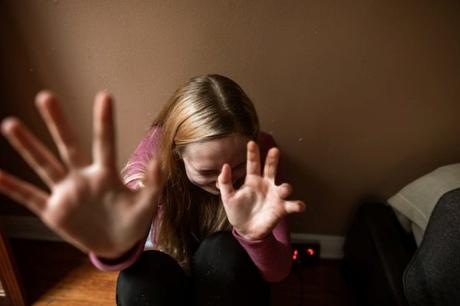
Since seizures are all about abnormal electrical signals in the brain, the type of seizure is based on these factors: 1) which part of the brain is affected, 2) how much of the brain is affected, and 3) what happens during the seizure. Based on these, there are two main types of seizures – partial/focal and generalized.
Focal (partial) Seizures
These seizures affect only a part or one side of the brain. They generally affect specific muscle groups but do not affect consciousness. A focal seizure usually begins with an ‘aura’, which could be either a change in vision or hearing or an uncomfortable feeling of dread.
Generalized seizure
This kind of seizure affects both sides of the brain and can result in a loss of consciousness. The period of unconsciousness can vary from a few seconds to a few minutes, depending upon the kind of generalized seizure the child is going through. Some seizures may also occur in groups or clusters.
Causes of Epilepsy in Children
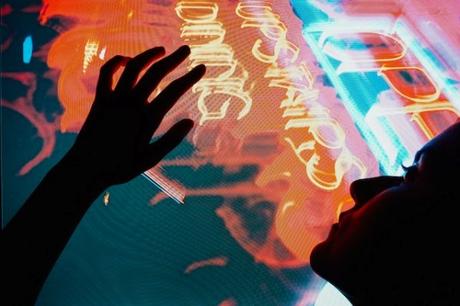
Determining the cause of epilepsy is quite difficult since nearly 40% of cases have no known cause. However, genetics and family history are strong factors, as are events that lead to some level of brain damage.
Here are some of the most common causes of epilepsy in children:
- Genetics
- Trauma during birth, including oxygen deficiency
- Congenital neurological defects
- Neurotransmitter imbalance
- Infections in the mother during pregnancy
- Poor maternal nutrition during pregnancy
- Brain infections like meningitis or cysticercosis
- Head injury
- Developmental disorders like autism
- Cysts or tumors in the brain
- Extremely bright or flashing lights
- Very loud music or noise
- Lack of sleep
- Skipping meals
- Extreme stress or overstimulation
Signs of a Seizure in Children
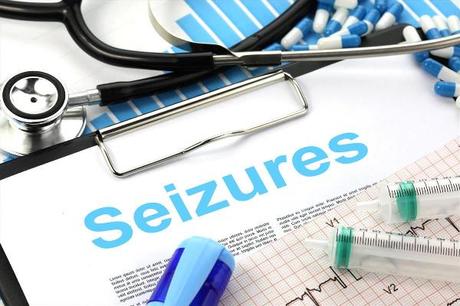
A seizure looks different in every child, and it depends on multiple factors, including what kind of epilepsy the child has. Most seizures have four phases:
- Prodrome – The hours or days preceding the seizure
- Aura – The beginning of a seizure
- Ictus – The actual seizure event
- Post-ictal – The recovery phase following the seizure
The Signs of the Prodrome stage include:
- Changes in mood or behavior
- Sleeping difficulties
- Feeling dizzy or lightheaded
- Difficulty focusing on tasks
- Anxiety
The Signs of the Aura stage include:
- Dizziness and light headedness
- Nausea
- Headache
- Difficulties in vision
- Strange sensations regarding sounds, smell and taste
- Feelings of panic or dread
Signs of the Ictus stage include:
- Difficulty in hearing and speaking, appearing to stare blankly
- Being unresponsive
- Breathing difficulties
- Rapid heartbeat
- Saying strange words
- Feeling confused
- Stiffening of the body
- Strange facial expressions
- Blue lips
- Twitching or repeated movements like chewing, blinking, nodding, smacking the lips or cycling
- Convulsions of the whole body
- Sudden falls for no reason
- Lapses in memory
- Loss of muscle control
- Loss of awareness
Signs of the Post-Ictal stage include:
- Fatigue
- Thirst
- Headache
- Nausea
- Muscle soreness
- Weakness in certain parts of the body
- Loss of bladder or bowel control
- Anxiety or confusion
- Feelings of embarrassment
- Lack of consciousness
These signs can be difficult to spot in babies or very young children, so watch out for:
- Any change in breathing patterns
- Being unresponsive to loud noises
- Abnormal facial expressions, especially of the eyelids or the mouth
- Jerky muscle movements of parts of the body
- Sudden stiffening of the body
Seizure First Aid
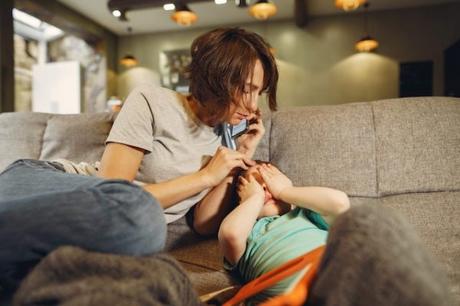
If this is the first time your child is having a seizure, call the ambulance right away. Then follow these steps:
Do
- Lay the child on the floor and turn her to one side to enable breathing
- Clear the area around the child – move anything that can cause injury
- Place something soft under the head, like a folded coat
- Remove ties or necklaces or anything that can make it difficult to breathe
- Remove spectacles
- Keep track of how long the seizure lasts.
Don’t
- Hold your child or try to restrain their movements
- Put anything inside their mouth – it could cause an injury
- Give CPR or mouth to mouth resuscitation
- Try to get the child to eat food or drink water till the seizure is completely over
Diagnosis of Epilepsy in Children

If your child is having a seizure for the first time ever, he or she should be rushed to the emergency room. Once the child is stable, you should meet your pediatrician who will guide you on how to proceed. If the episode occurs again, you may be referred to a pediatric neurologist who specializes in epilepsy treatment.
Diagnosis usually begins with the doctor taking a detailed health history of the child as well as of family members. You will be asked about any recent infections or illnesses, congenital conditions, accidents and information on medication the child is taking.
This will be followed by questions regarding the actual seizure event, for which it is always helpful to have a video. The doctor also conducts a physical exam to check the child’s reflexes, muscle strength, senses and general cognitive ability.
This is often followed by diagnostic tests such as:
- Blood tests – to check blood sugar levels and other metrics to identify any underlying illness
- Electroencephalogram (EEG) – to record the brain’s electrical activity and identify the type of seizure
- Magnetic resonance imaging (MRI) – to see which part of the brain is triggering the seizures
- Computed tomography scan (CT/CAT scan) – to check if the seizure was caused by a recent injury or illness
- Lumbar puncture (spinal tap) – to measure brain pressure and to test the cerebral spinal fluid for infections
Besides these tests, the child is also placed under observation to see if the seizures occur again. Epilepsy is diagnosed if the child has more than one seizure without any underlying cause. The medical tests and history help identifying the type of epilepsy or if the child has an epilepsy syndrome.
Epilepsy Syndromes in Children
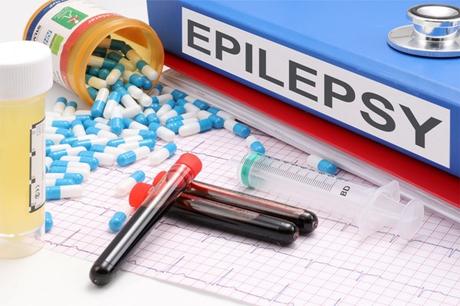
Just as there are many factors that cause seizures, there are also different kinds of epilepsy syndrome. Your doctor will use the diagnostic tests listed above to check if your child has any of these syndromes, most of which occur in different age groups.
Here are the most common epilepsy syndromes seen in children:
1. Benign rolandic epilepsy – It’s the most common epilepsy in children, and occurs mainly in kids from 3-10 years of age. Kids with this epilepsy syndrome often outgrow it by the age of 16.
2. Childhood absence epilepsy – This affects around 2-8% of the population with epilepsy and starts in the 4-8 years age group. Most kids outgrow this by the age of 12.
3. West syndrome – This is also known as infantile spasms, and begins in the first year of life. They are usually due to brain injury and can lead to learning and behavioral disorders.
4. Lennox-Gastaut syndrome – This generally starts between the ages of 3 and 5 years, and can cause problems with learning and behavior.
5. Juvenile myoclonic epilepsy – It starts in the teen years and can continue into adulthood, but responds well to medication.
6. Landau-Kleffner syndrome – This is a relatively rare epilepsy syndrome, occurring between 3 to 7 years of age. It can cause problems with language and speech development.
Treatment of Epilepsy in Children
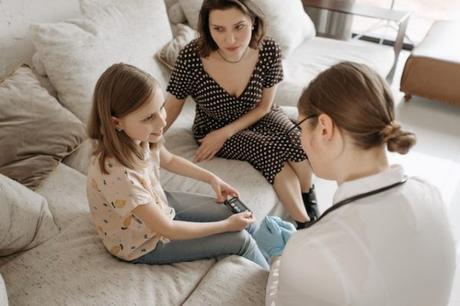
Medication
The most common treatment path for epilepsy in children is through medication, specifically anti-seizure drugs. Medication cannot alter the underlying root cause of epilepsy, but it can help manage symptoms as well as reducing the occurrence of seizures.
Anti-seizure medication is available in capsule, tablet or syrup form, as well as in the form of suppositories for young children. The exact medicine will depend upon the type of seizure and the age of the child. Medication will only work once it is at a certain level in the body, due to which it is is of the utmost importance to give the right dosage at the prescribed times. Never stop any anti-seizure medication without the doctor’s approval.
These medicines may have side effects, sleepiness being one of the most common ones. However, most children adjust to these quickly enough and go ahead without any problems. If you experience any other side effects, it is important to report them to your doctor.
If your child stops having seizures for an extended period of time, like 1-2 years, your doctor is quite likely to stop medication – most children outgrow the need for medicine by the time they reach adolescence.
Ketogenic Diet
A ketogenic diet or keto diet is quite popular among weight watchers, but it is also a recommended treatment option for epilepsy in children. This diet includes foods that are high in fat, low in carbohydrates and rich in protein.
After being on a ketogenic diet for a while, the body produces ketones, chemicals made during the breakdown of fat. Ketones help the brain function normally, which can help reduce the incidence of seizures. There is still a lot of research needed regarding how this diet works, and it may not work for all children the same way.
Neuro-stimulation
If the child’s epilepsy does not respond to medication, doctors may recommend neuro-stimulation, which involves sending tiny electric currents to the nervous system. There are three types of neuro-stimulation epilepsy treatment: vagus nerve stimulation, responsive neuro-stimulation and deep brain stimulation.
The most common of these is the vagus nerve stimulation, which involves sending small pulses to the brain through the vagus nerves, which are large nerves in the neck. It requires the surgical placement of a small battery in the chest, along with wires placed near one of the vagus nerves.
Surgery
This is usually the last resort, and is only done in rare cases, when other treatment options fail. Surgery works if the seizures always occur in a particular part of the brain and if it won’t affect the child’s vision, speech or cognitive function. These are generally complicated surgeries and requires specialized surgical professionals.
Whatever kind of treatment you opt for, your child will need frequent checkups to see how well he or she is responding. This is done through blood tests, urine tests and EEGs, which check the levels of medication in the body as well as the brain’s electrical activity.
Children who have an age-dependent epilepsy syndrome and have outgrown that age are considered to have been completely cured, as are children who have been seizure-free for 10 years or medication-free for 5 years.
Tips for Parents
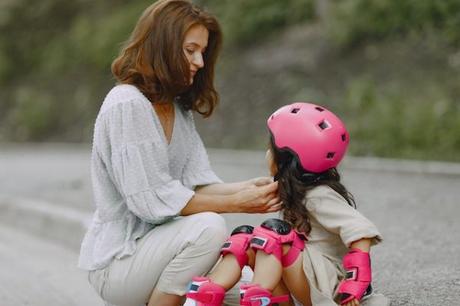
- Clear all your doubts with your doctor, and be sure you know everything about the medicine dosage
- Be sure to inform your doctor about any other conditions your child has, as well as other medication she’s on
- Set up systems to ensure that your child has his or her seizure medicine at the right time everyday
- Visit your pediatrician at regular intervals, so her or she can evaluate your child
- If your child is old enough, have an open discussion of the condition, and help clear any doubts
- Always include a card in your child’s bag with information about her epilepsy
- Explain your child’s condition with teachers, close family members and other caregivers
- Establish proper routines everyday, especially for sleep and meals
- Ensure proper safety for all activities, like wearing helmets
- Always supervise your child during activities, especially during swimming
- Avoid anything that could trigger a seizure, including overstimulation
- Encourage your child to make friends and be social – always have a positive attitude
- Keep track of seizure events, if possible with a video
- Download apps like Nile to help you keep track of seizure events and symptoms
When tracking a seizure, make sure you have these data points:
- Date and time of the event
- What was the child doing at the time?
- Was there a change in mood or behavior hours or days before?
- Which side of the body was involved?
- How long did the seizure last?
- Was there any recent change in medicine dose?
- For girls, note the day of the menstrual cycle, if applicable
Being the parent of a child living with epilepsy is not easy, but it can certainly be done with proper planning. There’s no need to worry; most children outgrow their epilepsy once they pass the childhood years. 70-80% children are able to control their epilepsy completely with medication alone.
Children with epilepsy are in no way inferior to children without the condition. They are perfectly capable of living normal, full and happy lives. They can be successful in whatever field they choose too; just look at the many celebrities who lived with epilepsy – Theodore Roosevelt, the 26th President of the United States, Olympic athlete Dai Greene, Singer and performer Prince and Indian actress Fatima Sana Shaikh. There’s no reason your child can’t live a happy, healthy and successful life too!
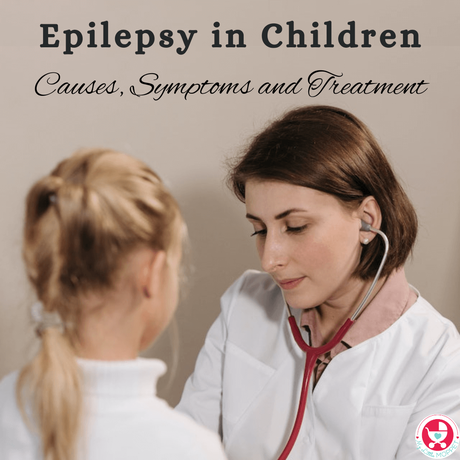
References:
- John Hopkins Medicine
- Healthy Children by the American Academy of Pediatrics (AAP)
- Epilepsy Foundation
- Centers for Disease Control and Prevention (CDC)
- Journal of Clinical Medicine
- World Health Organization (WHO)
Buy Healthy Nutritious Baby, Toddler food made by our own Doctor Mom !
Shop now!You may also like
- Pregnancy Symptoms - What to expect Every Month

- Why Children Lie and What to do
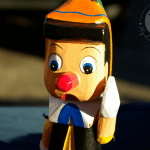
- How to make Boredom Box for Children
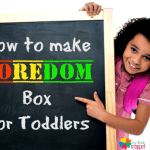
- 5 Best Children's Authors of All Time

- 15 Children's Books about India

- How to Use Essential Oils for Children

Filed Under: Uncategorized Tagged With: child health, convulsions, epilepsy, fits, illness, seizures
